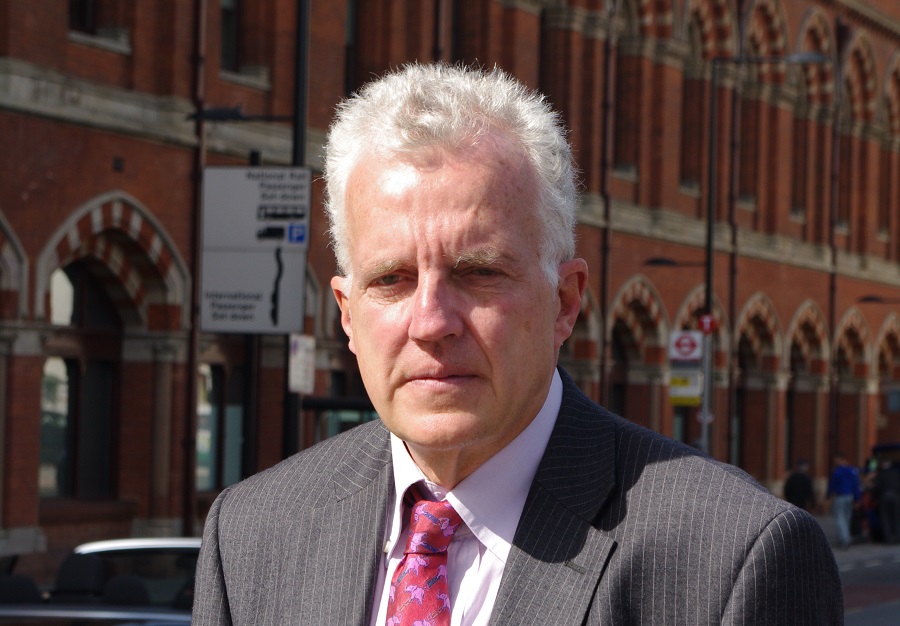I have just spent a couple of days in Bristol with the Cycling England board to see how they are progressing with their Cycling city project. It was highly instructive, highlighting both the considerable progress that was being made but also the difficulties.
By all accounts, the project, which is now into its third year, was slow to get off the ground but is progressing well. New infrastructure is popping up, ten thousand kids have been trained, and 20 mph zones are being installed in several parts of the city. The team was very honest with us in showing difficulties – such as the way they were hamstrung by DfT regulations, though they showed a pleasing willingness to ignore them when necessary – and the vagaries of the consulation process. For example, one new cycle path is bounded on both sides by fierce railway type fencing surmounted by dangerous extra coils of sharp metal to deter anyone climbing up just because some allotment tenants were worried about people knicking their cabbages.
There was, though, crucially an excellent and dynamic champion for the scheme, John Rogers a councillor in the ruling libdem group, who is not only a cyclist himself but fully aware of the need to override officers over some issues and has the energy to see things through.
Bristol is, as yet, nowhere near as cycle friendly as central London but it looks like it will get there as long as the cycle city concept is maintained beyond its initial three year period. And that is a great concern. The new government has so far not said anything about its plans for cycling and whether it intends to maintain current levels of spending.
This is very worrying. Bristol appears, on the face of it, fairly unpromising territory for cycling as it is hilly and the roads are narrow. But it shows what can be done with effort, enthusiasm and some money. There are countless towns and cities in Britain which would benefit from s similar scheme and there is no reason why it should not be rolled out nationally. Except a paucity of imagination.
Bristol, in fact, has a stunning example of how things can change. Until 20 years ago, astonishingly the main A4 used to run through the centre of town between the Cathedral and the town hall, and then cut diagonally across Queen’s Square in a dual carriageway, as a result of the ‘cars are king’ approach of the 60s. Now the road is hidden away, though apparently it was only moved in the face of widespread protest. Things can change, but as John Lennon said, ‘Christ it ain’t easy’.
